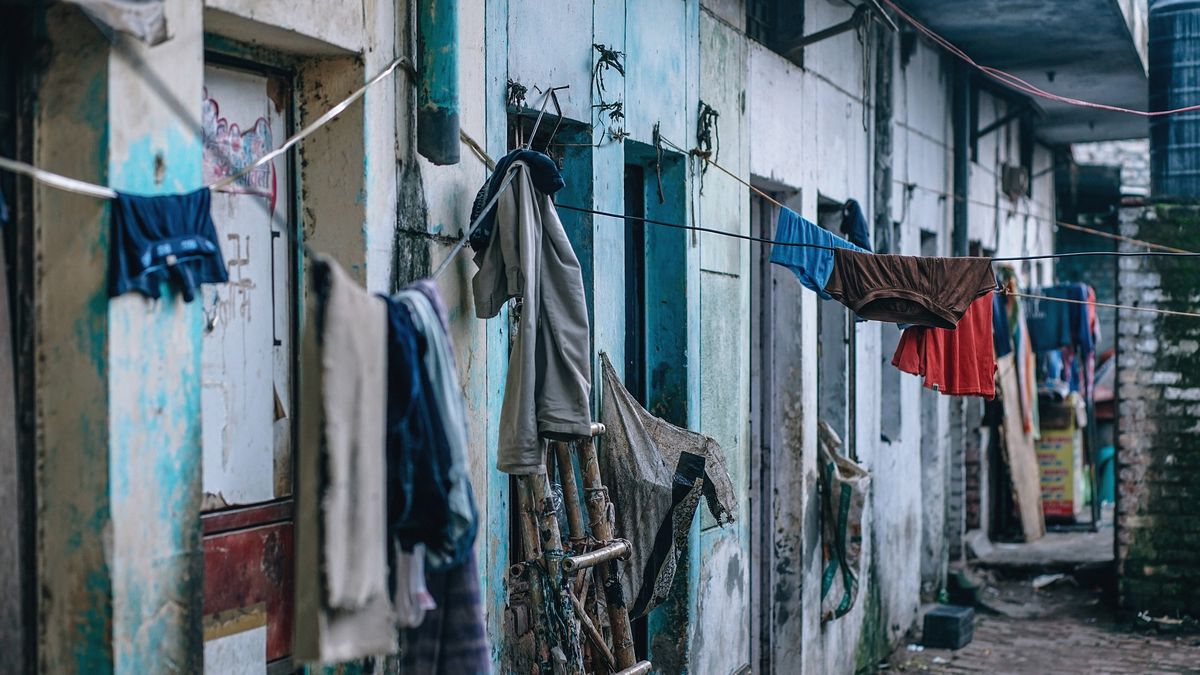The incidence of poverty in 31 urban agglomerates in the second half of 2022 stood at 39.2%which implies a increased 1.9 percentage points from the 37.3% registered in the same period of 2021, the INDEC reported this Thursday, March 30.
table 1 indec poverty
against hand, Indigence fell since it stood at 8.1% during the second semester of last year against the 8.2% registered in the same period of 2021.
Matias De Luca, LCG economistin dialogue with Ámbito, explained that “poverty reached 39.2%, almost 3 points more than at the beginning of 2022. This means that in 6 months we have 1 million more poor people in Argentina.” Based on the data published today by INDEC, some 18 million people are poor and almost 4 million do not have the necessary resources to eat, expanded DeLuca.
Regarding the division by households, the one that remained below the poverty line (LP) reached 29.6%; 39.2% of people reside in them. Within this group, 6.2% of households are below the indigence line (LI), said the INDEC report.
With respect to first half of 2022, the incidence of poverty registered an increase of 1.9 percentage points in households and 2.7 percentage points in individuals. In the case of lIndigence showed a reduction of 0.6 percentage points in households and 0.7 percentage points in individuals.
Regarding the division, an increase in poverty was observed in all regions. Homelessness decreased in two regions (one of which is GBA) and increased in the other four.
More than half of the poor are children
Regarding the age groups according to poverty, 54.2% of children between 0 and 14 years of age are poor. “54% of children under the age of 14 are poor. There are almost 6 million boys and girls,” said Matias De Luca.
For its part, the age range between 15 to 29 years and 30 to 64 years is 45% and 35%, respectively. In the population aged 65 and over, 14.5% were placed under the LP.
The baskets increased above the salary
Given that the incidence of poverty and indigence result from the ability of households to access the basic food basket (CBA) and the total basic basket (CBT) through their income, with respect to the previous semester: on average, total family income increased 37.3%, and average regional food baskets increased 43.5% (CBA) and 44.4% (CBT).
“Income in the period studied increased at a lower level, both for the CBA and the CBT. Regarding the poverty rate, it increased for the population as a whole. In the case of the indigence rate, its incidence in people decreased in the semester average”, explained INDEC.
The north of the country, the region with the poorest
The highest incidences of poverty in people were observed in the regions Northeast (NEA), 43.6%; and Northwest (NOA), 43.1%. The minors, for their part, were registered in the Patagonia regions, 34.7%; and Pampean, 36.3%.
Both in agglomerates with 500,000 or more inhabitants and in those with less than 500,000, an increase in poverty of 2.2 percentage points and 4.7 percentage points respectively, was observed with respect to the first semester of 2022.
What will happen to poverty in 2023
The consultant, lgg He maintained in his projections that “2023 is shaping up to be a recessive year (we project a fall of around 3.8% annual average) together with a higher level of inflation (110% per year to December). Considering the high percentage of labor informality (currently above the historical average), we are not optimistic regarding job creation or recovery of purchasing power, rather the opposite.”
Therefore, “we hope that these new levels of poverty and indigence are maintainedat least for this year, which may be subject to social containment measures, but in a fiscal deficit reduction scheme, we understand that the margin to expand spending is limited”.
Source: Ambito




